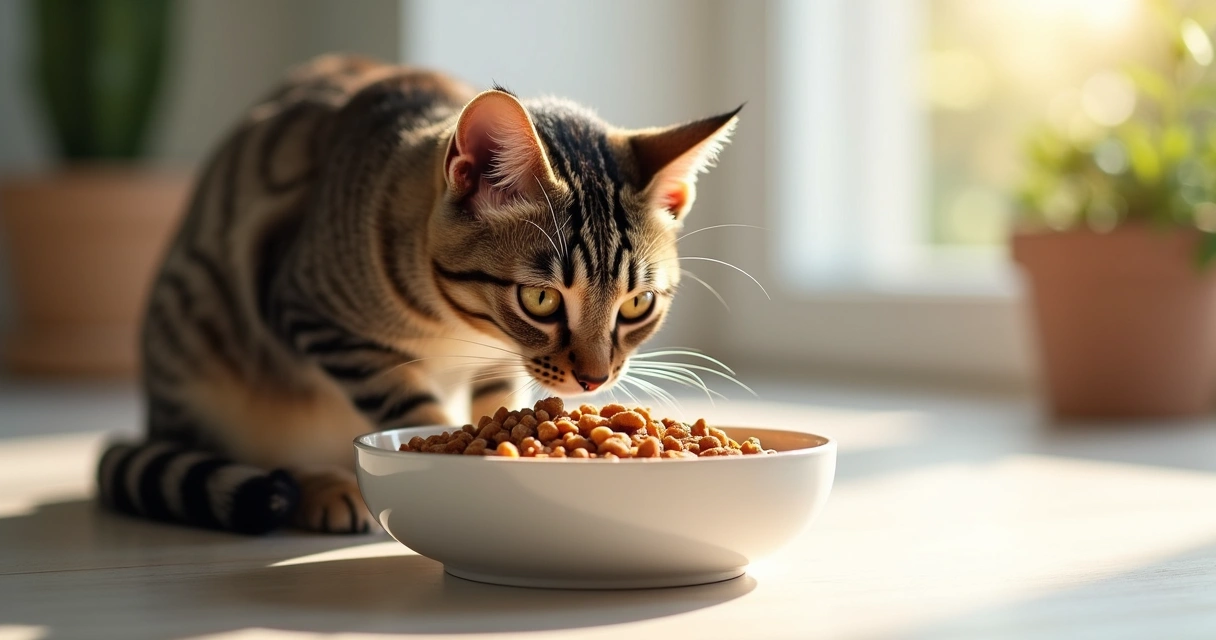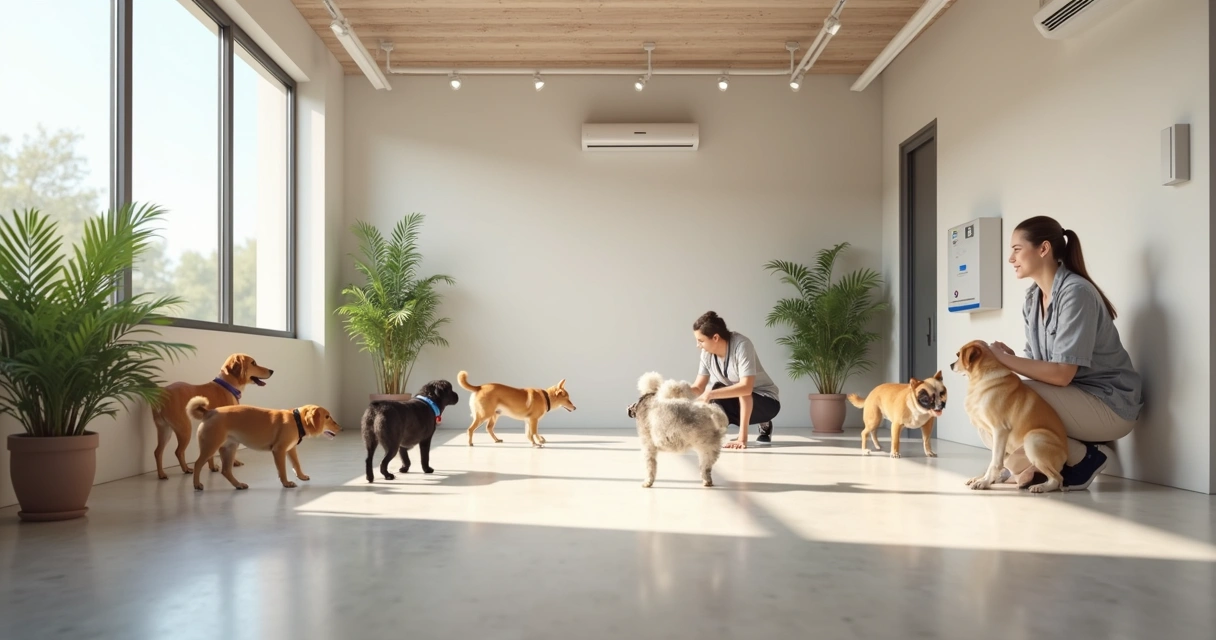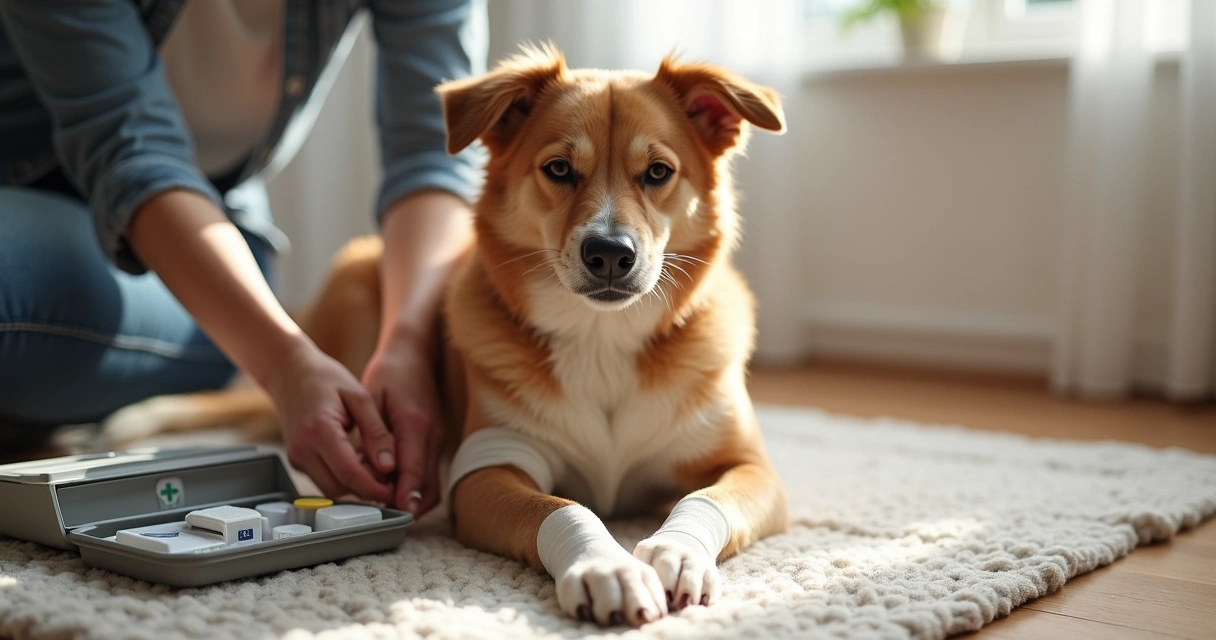If you share your home and heart with a cat, you know their quirks and routines run deep. Yet, when it comes to nutrition, things can get a little foggy. You might stand in the pet food aisle or browse online, feeling both determined and confused. Labels boast about the latest advances or flavors, but what does your cat truly need to thrive in 2025? We’re unraveling those answers for you—step by careful step.
Understanding your cat’s unique needs
Cats, unlike dogs, are obligate carnivores. That means they rely on nutrients found only in animal products. Their natural diet shapes nearly every part of their nutritional requirements. They’re not ‘small dogs’—they need different ratios of protein, fat, vitamins, and even how you feed them can transform their well-being.
Recent practical recommendations for nutritional assessment in cats have shown the importance of creating individualized plans. What works for a spirited kitten simply won’t for a senior who naps more than she sprints.
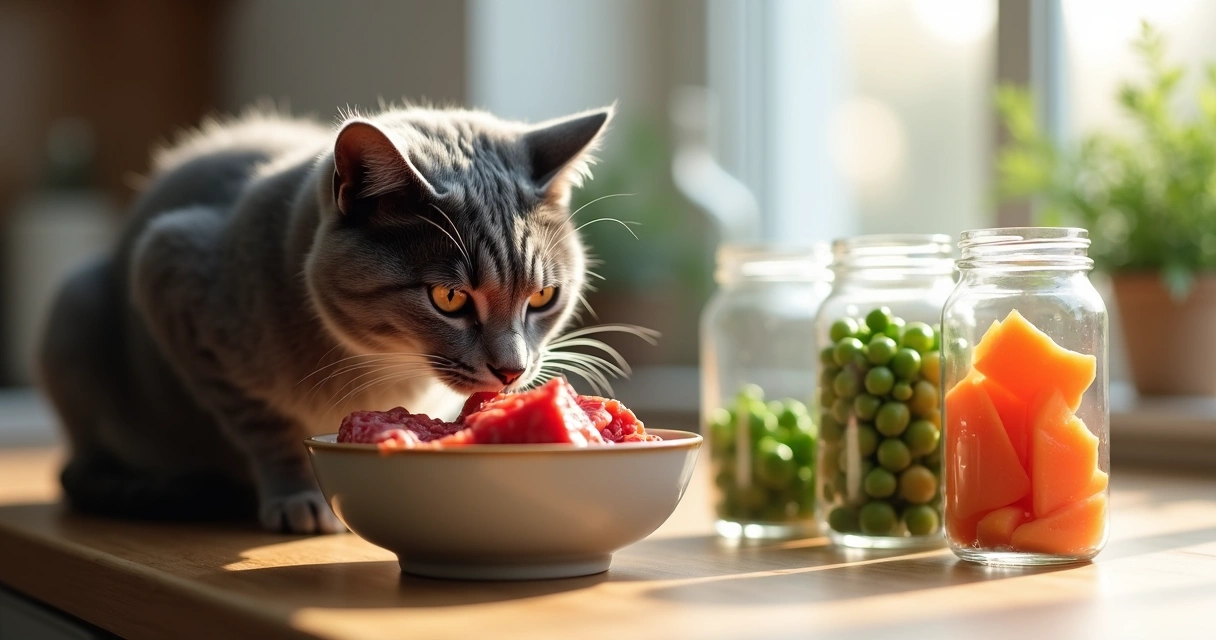
Core building blocks of feline nutrition
There’s a bit of science here, but it boils down to a few key things:
- Protein – Cats need a high-protein diet. Amino acids like taurine and arginine keep their hearts and eyes healthy.
- Fat – Fats provide energy, support vitamin absorption, and give that lovely shine to their coats.
- Carbohydrates – Cats can digest some carbs. Research in the Journal of Animal Science finds many can utilize carbs efficiently, even though their bodies don’t strictly require many.
- Vitamins & Minerals – Vitamin A, niacin, calcium, phosphorus—these must be present in the right balance for development, maintenance, and healthy aging.
- Water – Hydration is sometimes overlooked. Cats aren't always big drinkers, so wet food or running fountains can help.
What your cat eats today shapes tomorrow’s health.
Life stages: what changes as your cat grows
Kittens need energy for wild spurts and relentless curiosity. Their diets should be protein-rich with the right fuel for growth. Adults need maintenance—with more attention to weight management as activity drops. Seniors, well, they often need extra care.
A study in the Journal of Veterinary Internal Medicine found that foods marketed for senior cats sometimes exceed sodium and phosphorus recommendations. This can be tough for aging kidneys. So, food selection is never just about age. It’s about that cat’s health history and habits right now.
The puzzle of feeding routines
It’s not just what you feed, but how. Just pouring kibble into a bowl? New guidelines encourage creative, flexible approaches.
- Offer multiple small meals during the day to mirror natural hunting.
- Use puzzle feeders or scatter food for mild ‘enrichment’.
- Vary the location now and then. Even small changes break boredom.
The Journal of Feline Medicine and Surgery reports that playful feeding routines like these lower stress and can even stop destructive behaviors.
Choosing the right diet: what to look for in 2025
- Check labels, but not just for protein numbers. Is taurine included? What about moisture content? Are vitamin and mineral levels appropriate for your cat’s life stage?
- Don’t panic about carbs. If your cat’s food uses grains or potatoes for texture, research says that’s unlikely to cause trouble for most cats, as long as protein and moisture remain high.
- Wet or dry, or a mix? Wet food can boost hydration, so especially helpful for cats prone to urinary issues. Some cats gladly eat only dry food, but water intake becomes even more necessary.
The best diet takes your whole cat into account, not just their age.
Adjusting for allergies and sensitivities
Not every cat tolerates every protein or ingredient. Some have sensitive stomachs. Others develop itching or digestive issues.
A slow food trial, guided by your veterinarian or a trusted facility like Dogtown, can help you pinpoint what works. Keep a log of new foods and reactions, going step by step. Don’t rush it. Sometimes, the culprit is hidden—maybe a flavoring, maybe a certain grain.
Monitoring weight and overall health
Cats can gain weight quietly and quickly. Indoor cats—those who nap often—are at higher risk. But weight-loss diets are a delicate thing. There’s a fine balance between losing fat and keeping muscle and energy high.
Regular check-ins matter. Services like cat grooming at Dogtown can help spot early changes in skin or coat. If you notice less play or a sudden drop in appetite, it’s time for a nutritional reassessment. Dogtown’s app keeps your appointments and records at your fingertips, making tracking changes easier.
A healthy cat rarely changes overnight—watch the small signs.
Nutrition and daily routines at boarding or daycare
If your cat attends daycare or needs boarding, it’s not just about meals but about maintaining their routine and sense of comfort. Facilities like Dogtown’s boarding respect each cat’s diet, medications, and habits, providing feedback each day so you stay in the loop.
- Pack enough familiar food for their stay.
- Notify staff of any allergies or meal timing.
- Keep meal containers labeled as clearly as you can.
Consistency lowers stress. If you combine nutrition support with enriching day camp activities, your cat benefits both mentally and physically.
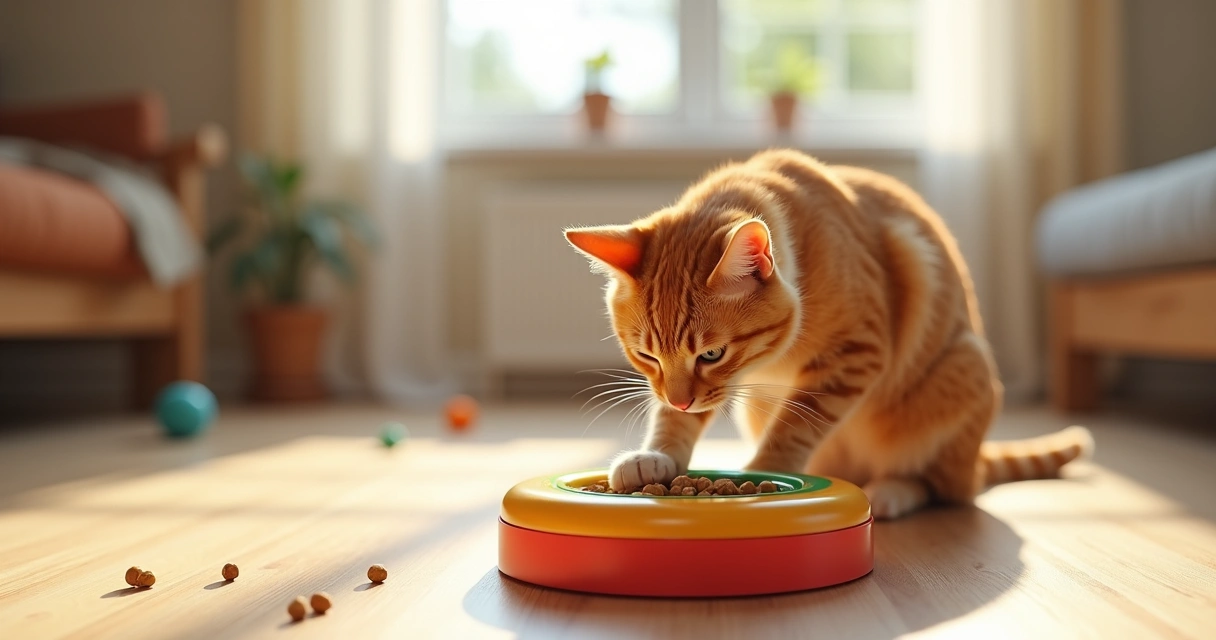
Grooming, dental care, and nutrition
Diet connects with grooming, too. A balanced nutritional profile means a softer, shinier coat and helps prevent skin issues. Poor oral health, on the other hand, can signal or even worsen nutritional troubles. Dental treats, specific kibble, or supplemental brushing all support whole-body health. If you’re unsure how to start, professional cat grooming services can provide insights into what’s possible—and practical—at home.
How technology in 2025 is helping
Smart feeders, apps for meal logs, and tele-vet consultations all make tailoring your cat’s nutrition easier. Even if you only use some of these tools, they can remind you when to order food, check your cat’s appetite, or schedule a grooming appointment—all things you can see in action through Dogtown’s digital tools.
A little tech, sometimes, goes a long way.
Conclusion
Cat nutrition, in 2025, isn’t about the latest trend or fancy packaging. It’s about day-to-day choices, gentle observation, and regular conversations with experts who care. Facilities like Dogtown help make that journey practical and clear, with services to simplify everything from grooming to daycare. Your cat deserves attention to every detail.
Ready for a new experience? Get in touch with Dogtown, schedule an assessment, and join a community that puts your pet’s joy and health first.
Frequently asked questions
What is the best food for cats?
The best food for cats combines high animal protein content, moderate fat, and very low carbohydrate levels. Look for complete and balanced labels, appropriate for your cat’s life stage. For specific advice that fits your cat’s needs, consider reaching out to trusted experts who know your cat’s unique story.
How much should I feed my cat?
Amounts depend on age, weight, activity level, and health. Many adult cats need about 20 calories per pound per day, but this can shift. Use your food’s feeding guide as a starting point and monitor your cat for gradual changes in body condition.
Can cats eat human food safely?
Some human foods, such as plain cooked eggs or small pieces of plain chicken, can be safe in moderation. Many others, especially onions, garlic, chocolate, and bones, are dangerous. Avoid feeding table scraps and talk to your vet before trying anything new.
What nutrients do cats need most?
Cats need quality meat-based protein, taurine, certain fatty acids, vitamin A, calcium, and phosphorus. The right balance depends on age, health, and activity levels. Regular nutritional checkups help you spot imbalances early.
Are grain-free diets good for cats?
Grain-free diets aren’t necessary for every cat and do not automatically make food healthier. Most cats can digest some carbohydrates. The overall protein, moisture, and balance matter more than whether grains are present.


